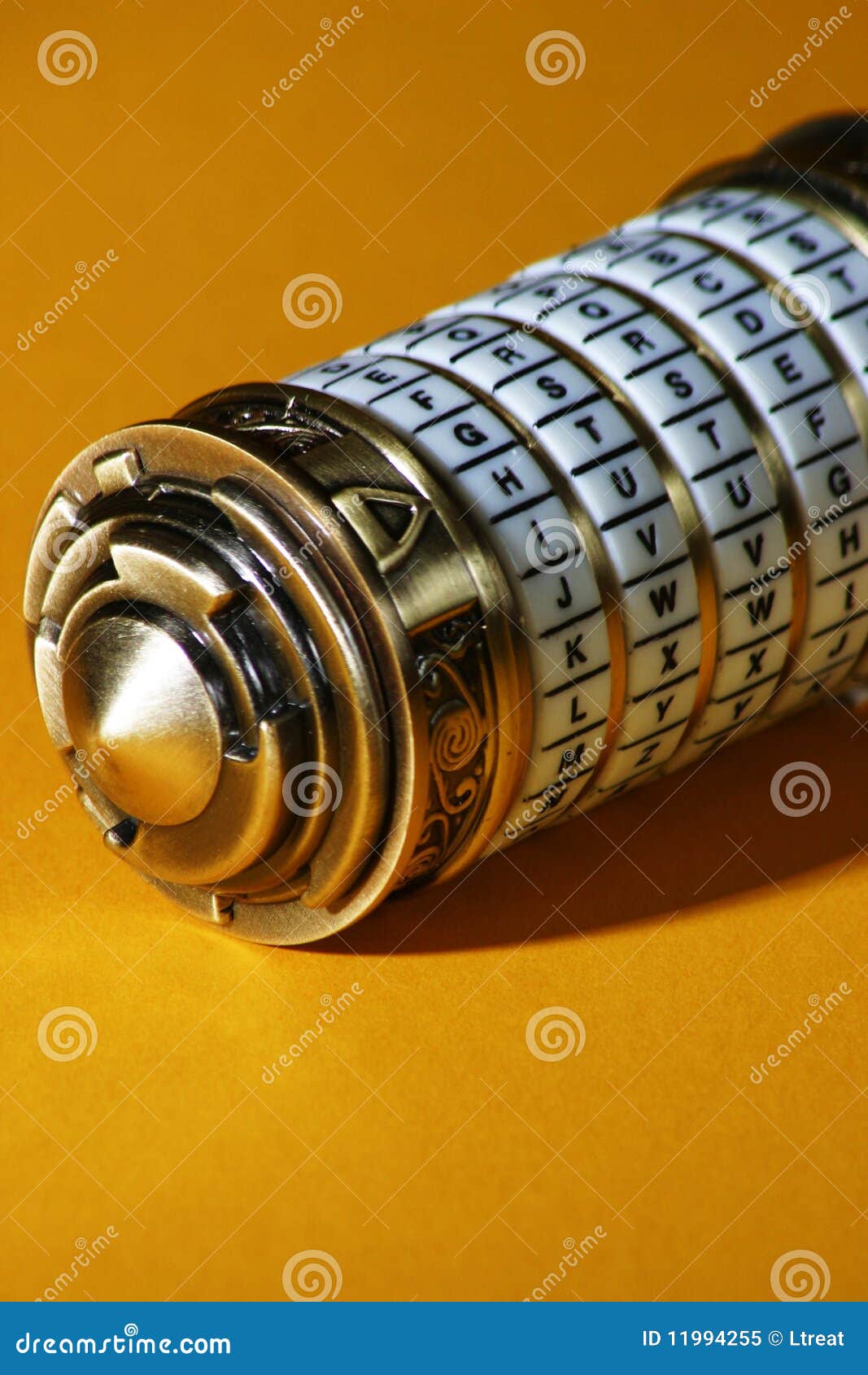
#Cryptext combination software
And there's messing with the security software that serves as glue around the encryption pieces to make the thing work," Hall says. "There's breaking encryption, which is effectively either exhaustively guessing or finding a flaw in the actual way the encryption is performed. The FBI wants the company to circumvent those security features so that the bureau can just test out enough passcodes to find the right one (a process called "brute forcing"). Well, it's stumped by three security features: an auto-erase function that deletes a phone's content after 10 incorrect passcode entries, a mandatory delay between entering passcodes after a certain number of failed attempts, and the requirement that passcodes be entered manually instead of being quickly plugged in by a computer. Without both numbers, Apple says, it's impossible for third parties to decrypt the phone's content.
#Cryptext combination code
The data are protected by a code specific to the physical device and a passcode (aka PIN) set by the user. In fact, Apple designed iPhone security with exactly this kind of scenario in mind, saying the company made it impossible even for Apple to crack. "The encryption is so well done and so hard that they know they're not going to be able to break the encryption or they would have already done that," says Joseph Lorenzo Hall, chief technologist at the Center for Democracy and Technology. But some information, such as iMessages or WhatsApp messages, gets encrypted on the sender's phone and only gets decrypted when delivered, while other data, like photos, might never get shared with another device. Law enforcement can typically access some information shared through a phone - such as social media posts, Web searches, some emails and text messages - with a subpoena to telecom and tech companies. We don't know what, if anything, the phone contains. there may be relevant, critical communications and data around the time of the shooting that has thus far not been accessed. Malik had expressed support for the Islamic State on a Facebook page created under an alias, investigators say, but there are still many questions about who the two shooters might have communicated with before the attack, and what their motives were. In December, Syed Rizwan Farook and Tashfeen Malik attacked the Inland Regional Center in San Bernardino, Calif., with guns and explosives, killing 14 people before being killed themselves in a shootout with police.

Whose phone are investigators trying to access? Here are a few key questions and answers about the dispute between the tech giant and federal investigators: Of course, it's more complicated than that. The critical combination? It's a passcode - one the FBI doesn't know, and one that Apple is reluctant to help the agency figure out. Now replace the little safe with an iPhone, and instead of a secret message, it's holding evidence in a terrorism case.

Remember the cryptex, the little handheld safe from The Da Vinci Code where entering the correct combination will reveal the secret message and entering the wrong one will destroy it? 9, 2015, in San Francisco to unveil the latest iterations of the company's smartphone.


 0 kommentar(er)
0 kommentar(er)
